DAO Based Loans: What are they, what are they for, and how to apply in the US?
Learn what DAO-based loans are, what they're for, and how to apply in the US. See the benefits, risks, and step by step instructions.
Understand what DAO based lending is

In recent years, Decentralized Finance (DeFi) has reshaped how individuals and businesses think about money, credit, and investment. Among its many innovations, DAO-based loans stand out as a promising alternative to traditional lending.
They combine blockchain technology with community-driven governance, creating a financial system that is more transparent, accessible, and global. But what exactly are DAO-based loans? What are they used for? And how can someone in the United States apply for one? Let’s explore these questions step by step.
What Are DAO-Based Loans?
DAO stands for Decentralized Autonomous Organization. Unlike traditional companies, a DAO is not controlled by a single leader or board of directors.
Instead, it is governed by rules written into smart contracts, self-executing programs stored on a blockchain. Members of the DAO typically hold governance tokens that allow them to vote on decisions, including how funds are allocated.
A DAO-based loan is a lending product created and managed through such an organization. Instead of a bank acting as the intermediary, the lending process is handled by code and overseen by the DAO’s community.
Borrowers can request funds, lenders can provide liquidity, and all transactions are executed automatically and transparently on the blockchain.
What Are They For?
DAO-based loans are designed to expand access to credit and reduce reliance on traditional financial institutions. Their main purposes include:
Financing Without Banks
For individuals who are unbanked or underserved by traditional financial systems, DAO loans provide an entry point into credit markets without requiring a conventional credit history.
Global Accessibility
Because DAOs operate on public blockchains, loans can be issued and repaid across borders without friction. A borrower in the US can interact with lenders worldwide instantly.
Lower Costs and Transparency
Without intermediaries, transaction fees and interest spreads are often reduced. Every step of the loan process is visible on the blockchain, reducing the risk of hidden terms.
Programmable Use Cases
DAO loans can be customized through smart contracts. For example, funds might be released only if certain conditions are met, or repayment can be automated based on income streams.
Support for Innovation and Startups
Entrepreneurs can raise funds through DAO-managed pools without going through lengthy approval processes. This is particularly appealing for tech projects and small businesses.
How to Apply for a DAO-Based Loan in the US
Applying for a DAO-based loan differs significantly from applying for a loan at a bank. Here are the main steps to follow:
1. Choose a Reliable DAO Lending Platform
Several DeFi protocols and DAOs provide lending services. Some of the most well-known include Aave, MakerDAO, and Compound.
Each has its own rules, interest models, and risk structures. Research is essential before committing.
2. Set Up a Digital Wallet
To interact with DAO platforms, you will need a cryptocurrency wallet such as MetaMask, Coinbase Wallet, or Trust Wallet.
This wallet will connect to the platform, hold your digital assets, and serve as the address for receiving or repaying funds.
3. Provide Collateral
Most DAO-based loans are overcollateralized. This means you must deposit more value in cryptocurrency than the amount you wish to borrow.
For example, if you want to borrow $5,000 in stablecoins, you may need to lock $7,500 worth of Ethereum or another supported asset. This protects lenders from market volatility.
4. Submit the Loan Request
Once collateral is deposited, you can request a loan directly through the DAO interface.
The system automatically approves or denies the request based on pre-set smart contract conditions, without the need for human intervention.
5. Receive and Use the Funds
Funds are usually issued in stablecoins such as USDC or DAI, which are pegged to the US dollar. You can then convert them to fiat money or use them within the crypto ecosystem.
6. Repay and Reclaim Collateral
Repayment is straightforward: send back the borrowed funds plus interest. Once the loan is fully repaid, your collateral is unlocked and returned to your wallet.
Conclusion
DAO-based loans represent a significant shift in how credit is created and managed. By leveraging blockchain technology and community governance, they offer more transparency, accessibility, and global reach than traditional financial systems.
For individuals in the United States, they can be an attractive alternative, especially for those interested in digital assets and decentralized finance.
However, applying for such loans requires careful preparation: choosing the right platform, understanding collateral requirements, and being aware of risks.
As regulations evolve and technology matures, DAO-based loans may become a mainstream financing option, bridging the gap between traditional banking and the decentralized future of finance.





